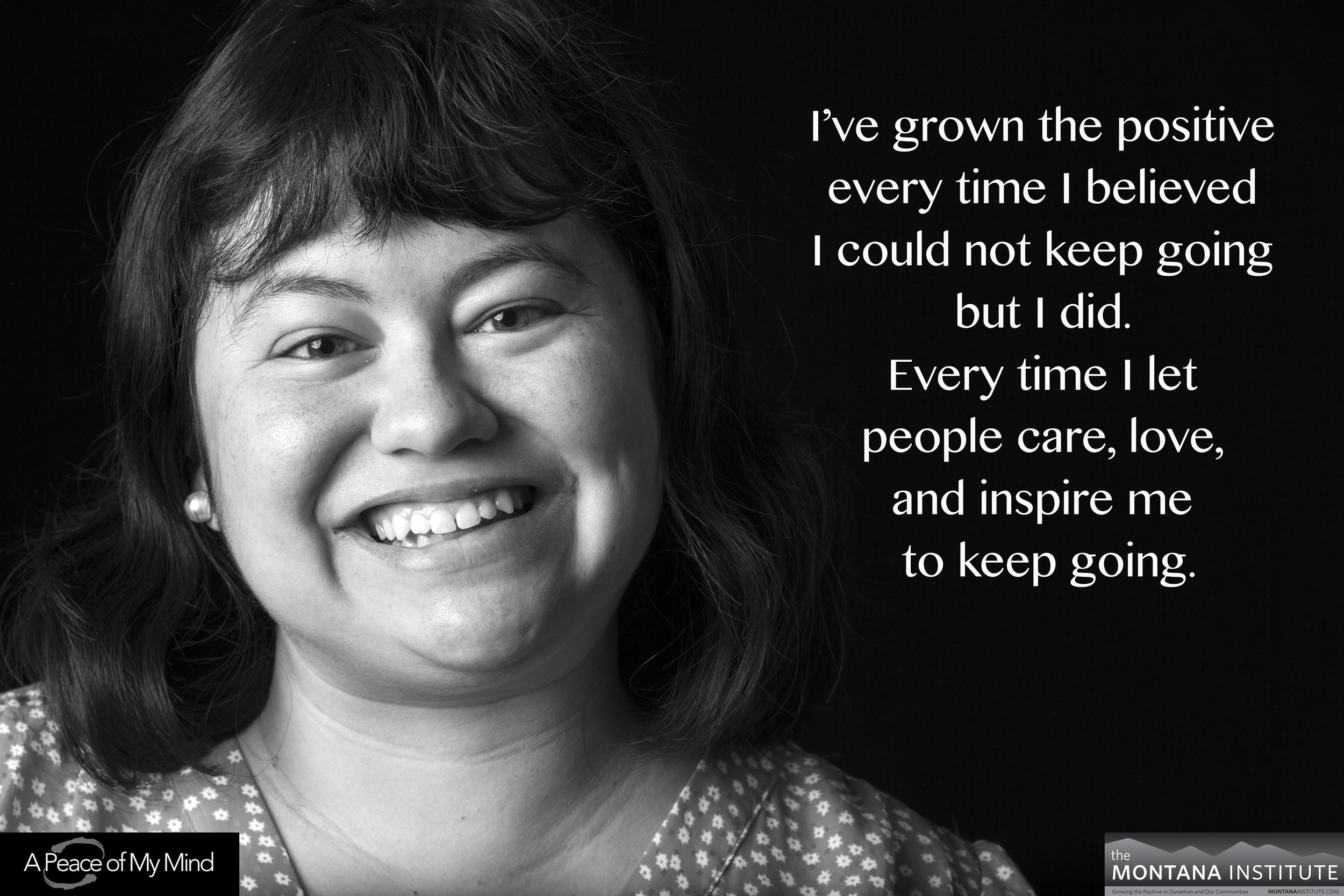Release Your Mini ‘Cling-Ons.’
/The simple practice of forgiving is one of the most profound methods of personal transformation and an essential key to the peace of mind that you are seeking. Yet, it is so easy to avoiding the most obvious portals into our soul.
If you are like me, you are probably telling yourself that this strategy isn’t something you need to focus on. You may be saying that you have already done your “forgiveness work.” You may have zoomed by this chapter many times in favor of more fun chapters.
There was a simple technique that I would use when facilitating group therapy with families. I would ask the teenager to point at who they were angry at and then freeze in that position and notice that while one finger was pointing away from them, the others were all pointing back to themselves. This then demonstrated who the anger was most effecting and who needed to do the work.
The forgiveness that I am talking about here is not big obvious types of resentment that you may still be harboring, such as when someone has betrayed your trust. Most people understand these biggies. But what I have noticed is that we all carry numerous little ‘resentment cling-ons’ that accumulate and interfere with experiencing peace. A mini cling-on is a frozen negative emotion attached to a thought or memory. You experience these mini cling-ons throughout a typical day as minor irritations, or impatience when someone is talking. Taking time to understand and practice forgiveness of these mini cling-ons is a technique that brings greater peace to your day.
The first step is the most critical. You must adopt an attitude of forgiving. Telling yourself that you don’t need to forgive is the tap-root of your self deception. When you tell yourself that you don’t have a need to forgive, you have constructed a wall in your mind and established the conditions for your ego to fester misperceptions about who you really are. Forgiveness is really about correcting misperceptions. Begin by gently telling yourself, “Maybe, just maybe there is a tiny little resentment cling-on somewhere in my body that I could release.” You don’t have to focus on anything specific at this point--your humble willingness to forgive is all that it takes to move into the next step. Notice what you feel emotionally by letting go of your resolve to not forgive.
Next, seek to broaden your current understanding of forgiveness. Look deeply at how forgiveness is about allowing your mind to release patterns that keep you stuck in your suffering. Notice without judging how emotions like anger, strife, grief, feelings of tightness register in your body and mind. These are your wonderful opportunities to experience more freedom. Is your mind holding onto patterns of grievance, blame, self pity or anxiety that are connected to these feelings? Understand that your non-forgiveness may be directed toward yourself, another person, a life situation, an event in the past or demands you are placing upon the future.
Now pay attention to how your mind tries to trick yourself into thinking that your resentment still serves a meaningful purpose beyond strengthening your ego’s false sense of yourself. Release this misperception by realizing that the energy you invest in carrying around this mental baggage is a cause of your suffering and grief. Experience a subtly different flow of energy pass through you in the form of new perceptions and thoughts.
STRATEGIES: PRACTICE FORGIVENESS OF MINI CLING-ONS
1. Think of three mini cling-ons you experience in a typical day. What is the emotion that you associate with these areas of resentment? Now visualize yourself as detached from these resentments by telling yourself that you are not your resentments.
2. Caution--Notice how your thoughts of resentment or forgiveness trigger more of the same. You must be aware of where you are investing your attention.
3. Contemplate an experience where you have practiced forgiveness with someone. How did your perceptions of the situation change over time? How did your thoughts shift from anger to compassion?
4. Scan your mind for needed areas of forgiveness. Forgiveness is always about letting go, whereas resentment is always about investing thought energy toward the person or situation. Ask yourself, “Is this the best use of my thought energy?”
5. Breathe space into your lungs and into the areas in your body where you experience tightness associated with a feeling of non-forgiveness.
6. Embrace an attitude of being willing to forgive even if you do not know how to move toward your next step. Notice a feeling of peace. You willingness will lead you toward the forgiveness you seek.
(Photo - http://www.angryzenmaster.com/2009/05/01/klingons-arent-awesome-enough-for-new-trek/)




